Welcome to week 5 of IGT-Lab’s development blog!
Client Meeting
This week, we met with our clients to share some of the interaction ideas we had regarding music and rhythms. Two rhythm games we shared as our references were Bits and Bops, specifically the game where a rhythm is ‘passed’ along to the player, and Trombone Champ.

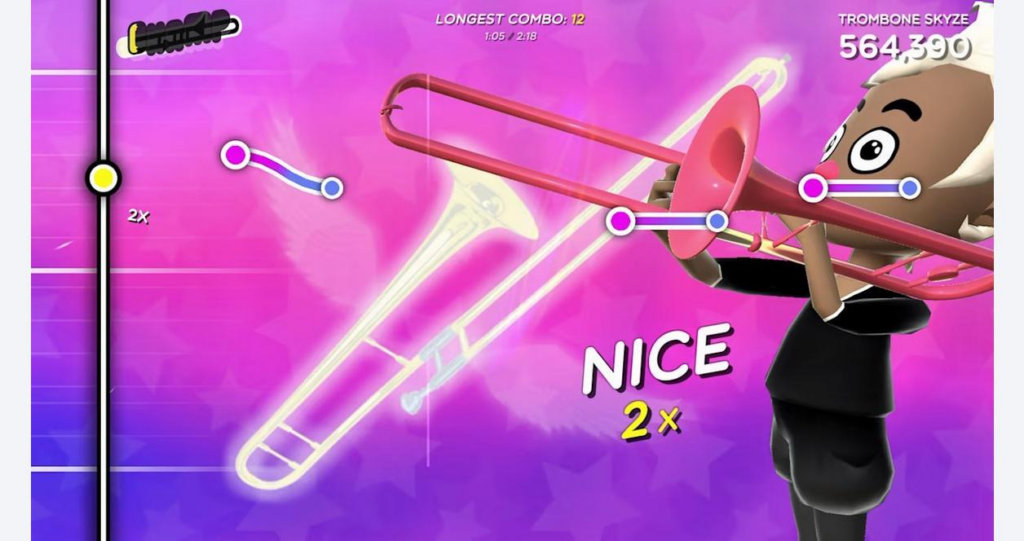
Each of these games utilized very simple input methods (just 1 button for Bits and Bops, and slider + click with Trombone Champ), which aligned with our vision for creating a simple but engaging interaction within scope.
Based on these ideas, we had a lengthy discussion on various music, interactions and vehicle experiences that have been made before:
A music video by The Chemical Brothers, it shows a continuous film of the outside view passing by whilst on a train, but the objects and scenery appears on the beat, and to the rhythm of the music.
We also looked at the Sound Drive by Mercedes, and a similar attempt at dynamic sound and audio via drive input by Mini.

We also discussed potential ideas for displays, layouts, and technology that could be used to enhance the visual aspect of our immersive experience.
Overall, our team feels like we have a solid ground and a path forward.
We have decided to take on different aspects of the project to keep the project moving forward without having to wait for the large hardware systems to arrive.
Environment & Music:
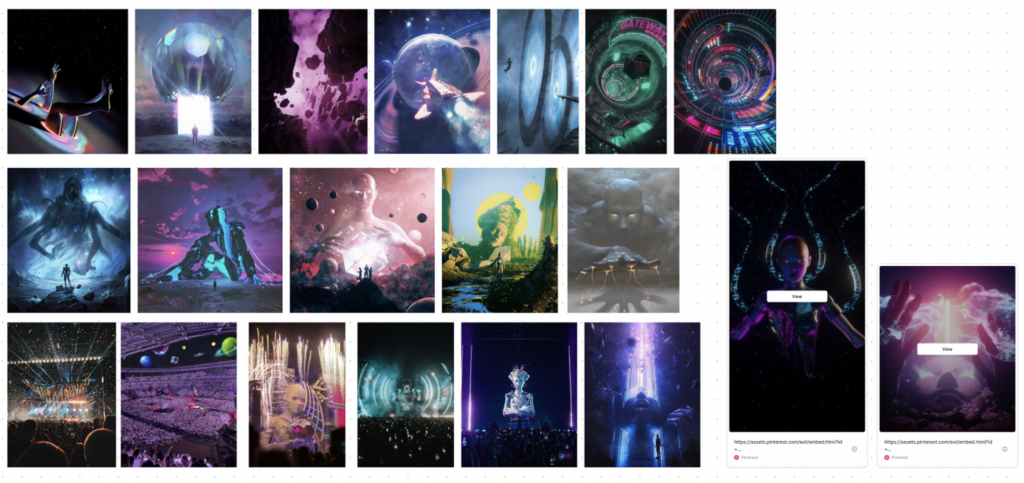
Amelia is looking through images and photos, creating a mood board that would inspire our virtual world scene. We have also decided on a specific music to match the visual space-age aesthetic of our virtual scene:
The plan for the end of next week, is to have a 3D mock-up scene within Unity which we can build it into Isotope for us to begin experiencing inside our vehicle simulator.
Game & Interaction
Alex and Yile are working on the game interaction aspect of our experience. What specific interactions would passengers be able to do? What visual/audio feedback should we have?
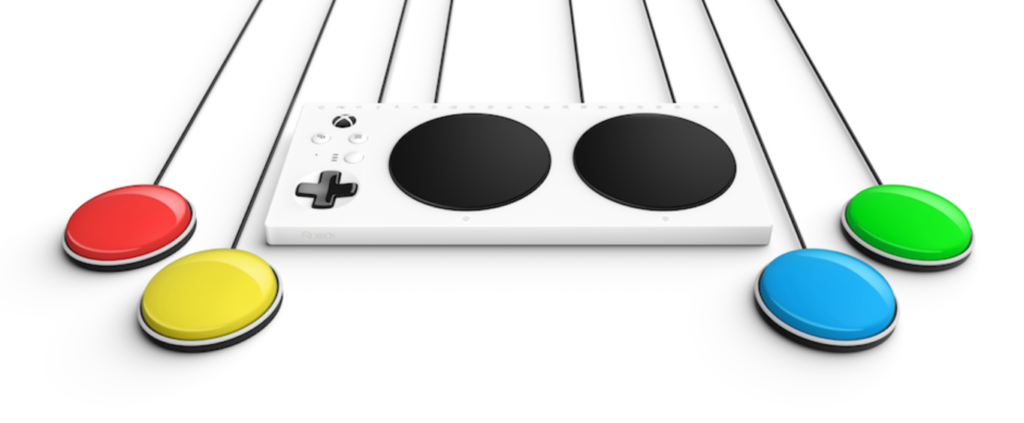
During one of our feedback sessions with faculty, we were suggested to use the XBOX Accessibility controller, which allows us to easily plug in various input devices that are simple, and easy to work with.
As I have shared earlier, we are looking at a variation of a rhythm game, and the challenge is to create a compelling experience for all 4 people inside the vehicle. Should the experience be adaptable to different number of passengers? These are questions we are still trying to figure out; though we hope to get some clearer answers once we begin playtesting.
User Journey
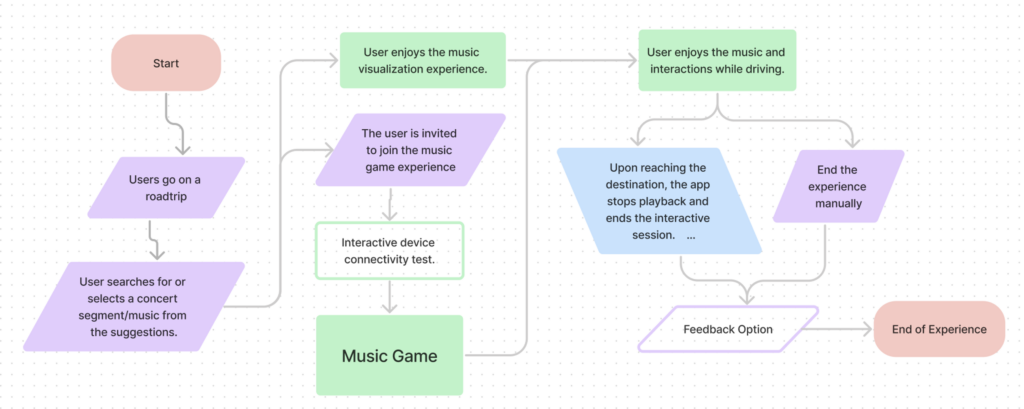
Yue’s user journey map was our attempt at trying to understand where all of these pieces would fall into in our big experience. Where does it begin? How should it begin? When does the game begin? Should passengers have a choice to not participate? How does it end?
By considering how the experience ends and begins also made us think about how we would demo our project to outside guests, and how best we could communicate the value of our experience to them.
Hardware Update
There has been some exciting update to our hardware situation:
The hinges we had originally ordered were meant to swivel around the center. Unfortunately, the vendor had none of these parts in stock and instead sent us hinges that would pivot up and down, as opposed to side to side.
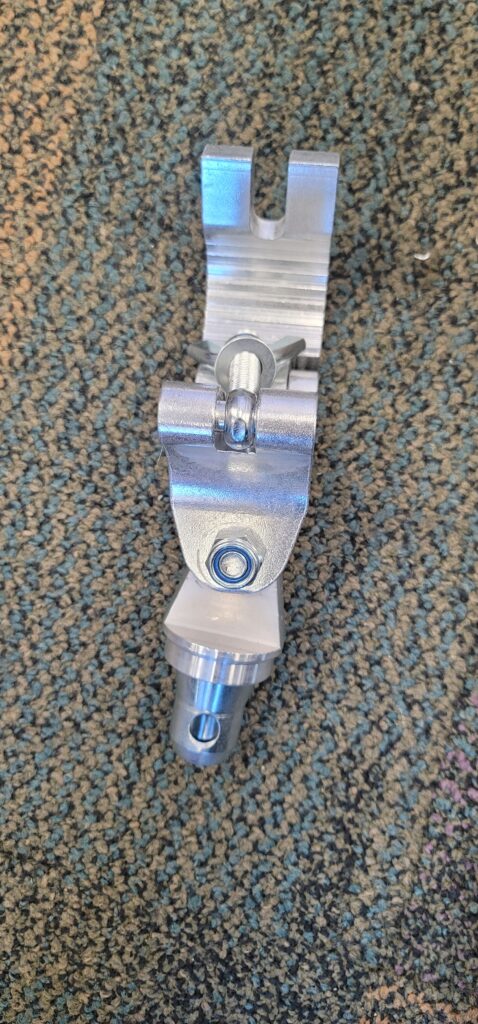
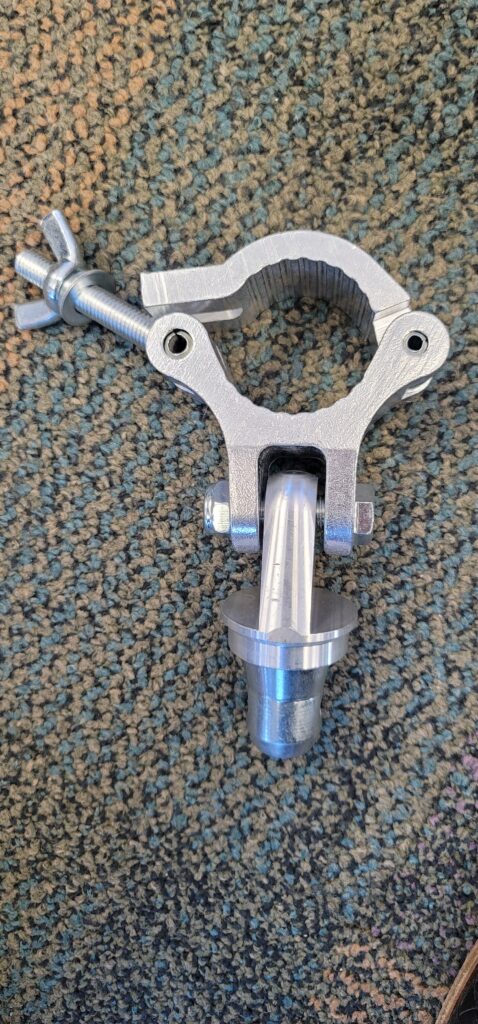
Despite this setback, we were able to come up with a creative solution, that required us to saw off the hinge part, and attach them to another clamp to achieve the desired effect.
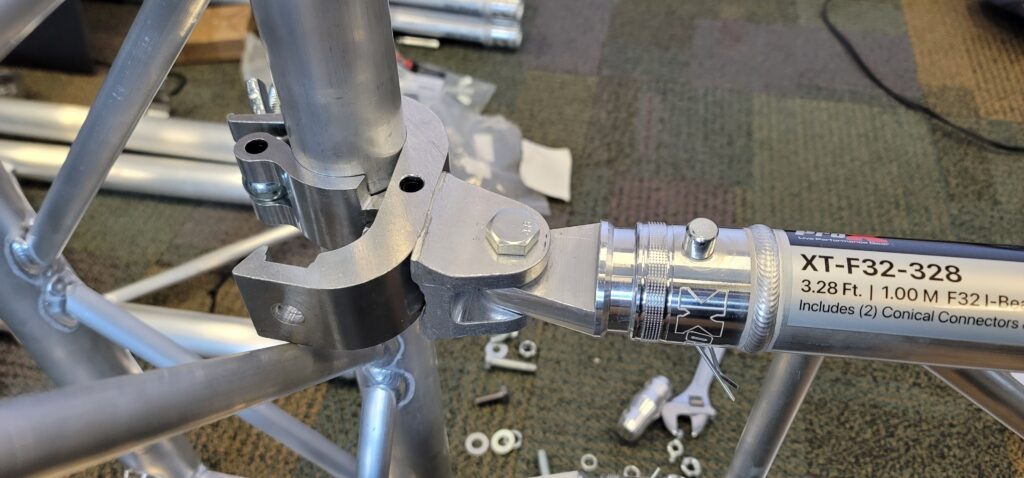
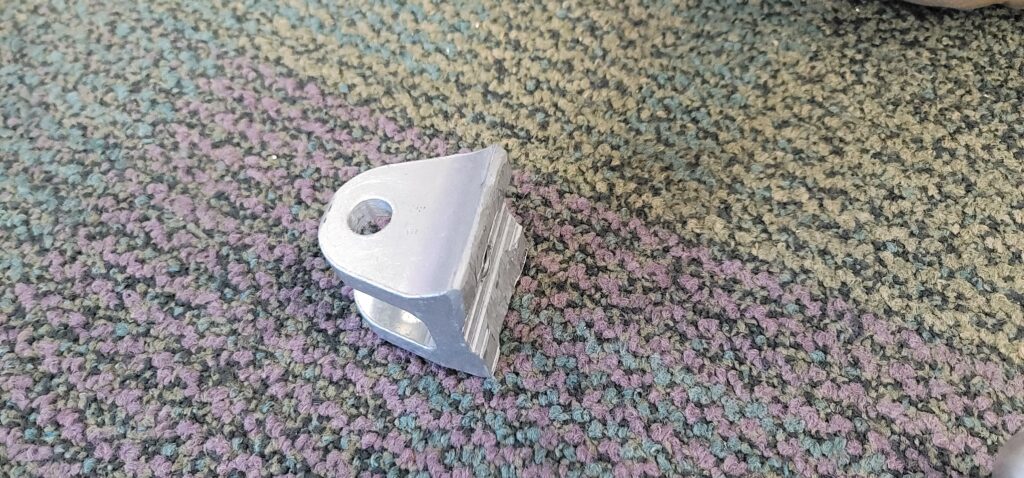
We’ve received a lot of help from Dave Purta, who cut these hinges so that we may use them for our “doors” of our truss system.
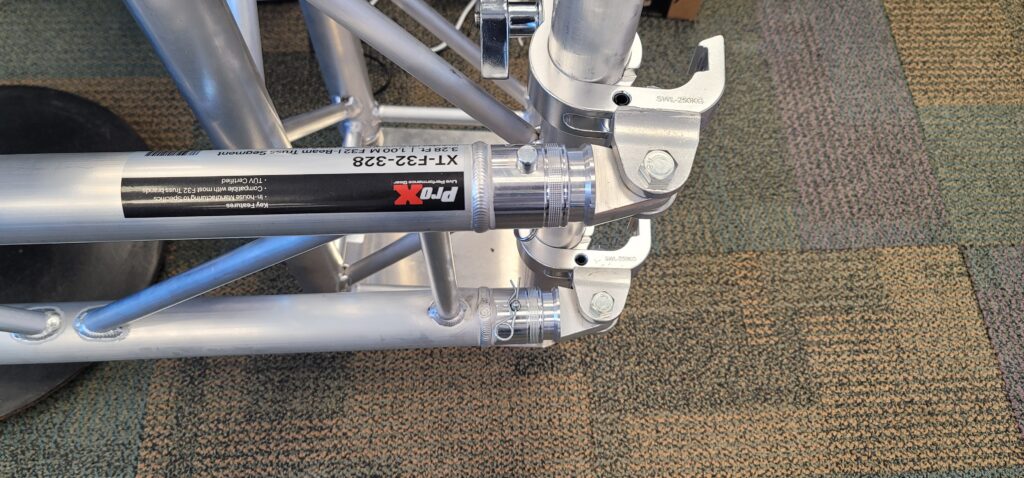
We are still waiting on the larger truss pieces to arrive next Monday, when we’ll finally be able to build the entire rig.
Looking Ahead
So far, we have placed a lot of emphasis and resources into pre-production, settling on our theme, interactions and overall user journey. With the rest of the parts for our simulator arriving next Monday, we hope to get a Unity build in that can be played through in our simulator.
We plan to have a grey-box and a backdrop of our environment ready to be implemented, and at the very least, a video footage that shows the onboarding section of our experience that can be played on the 4 screens.
The next step for the hardware is to look for and decide on displays that we would permanently mount on to our simulator.
Thank you for reading our week 5 blog post!
